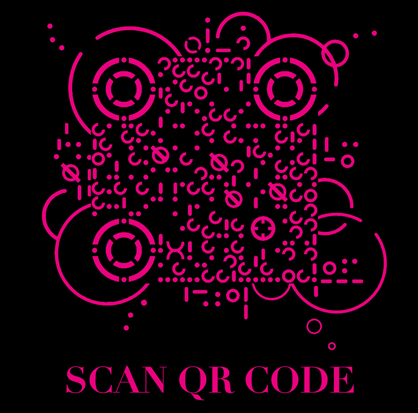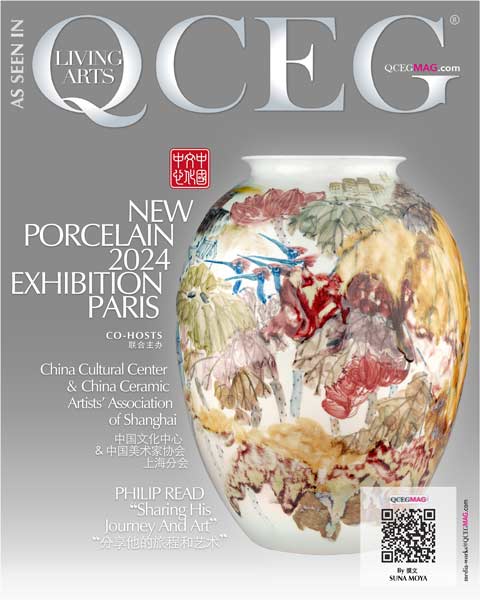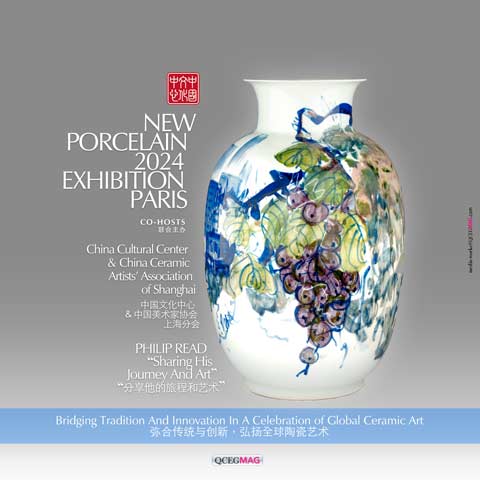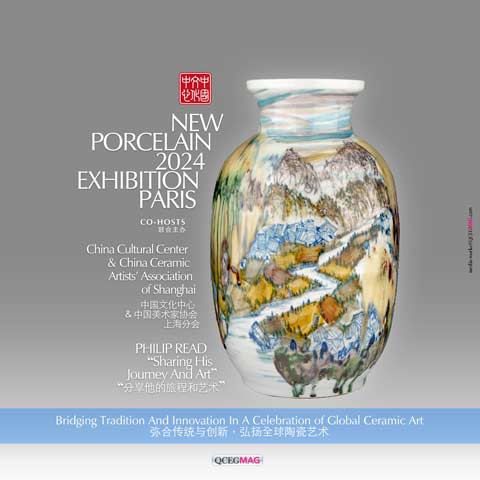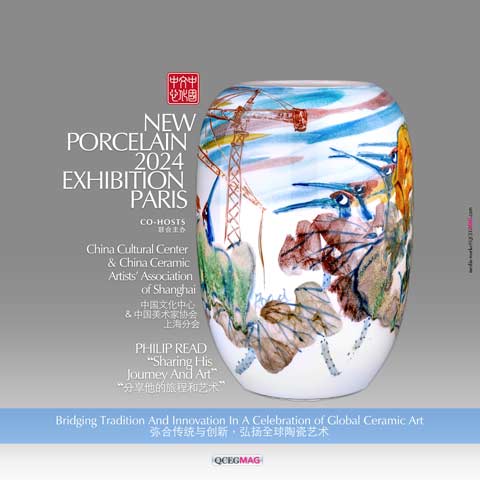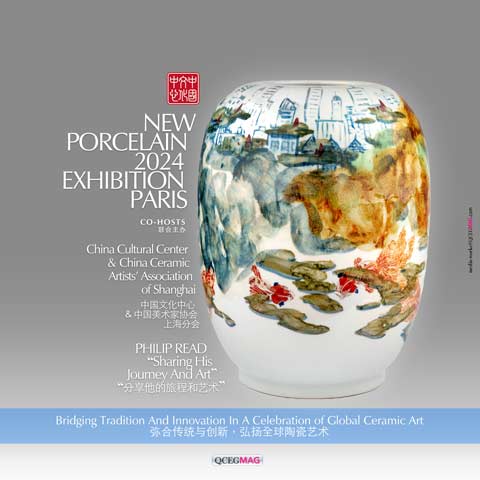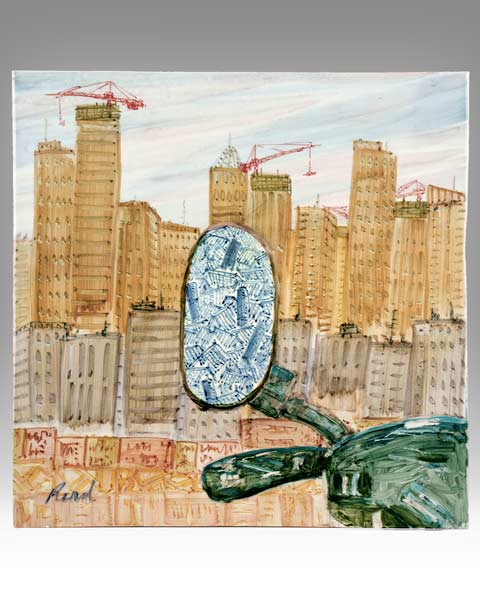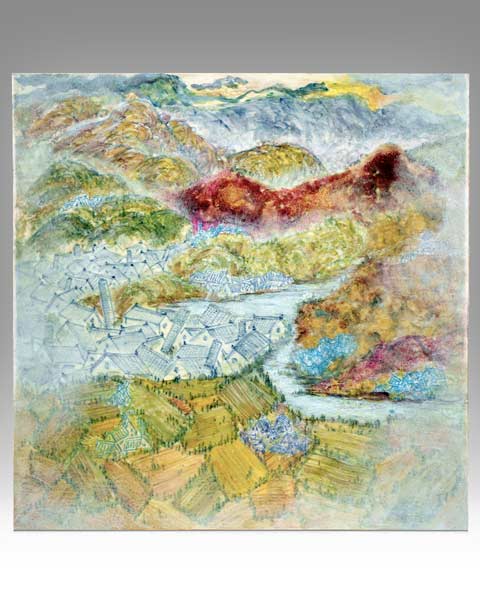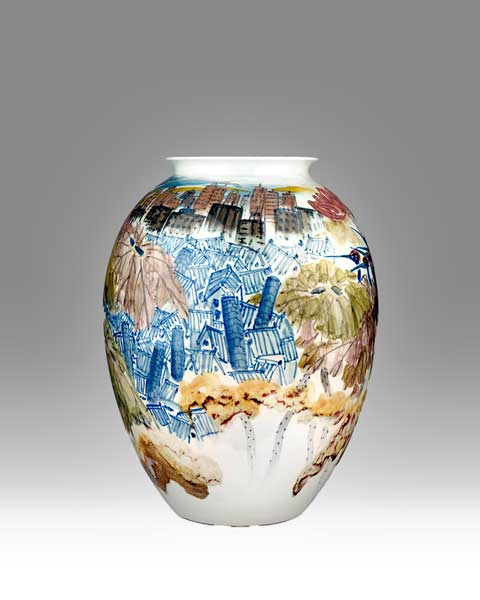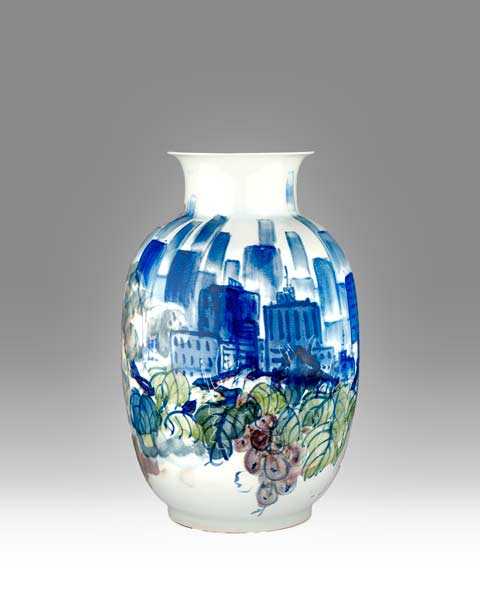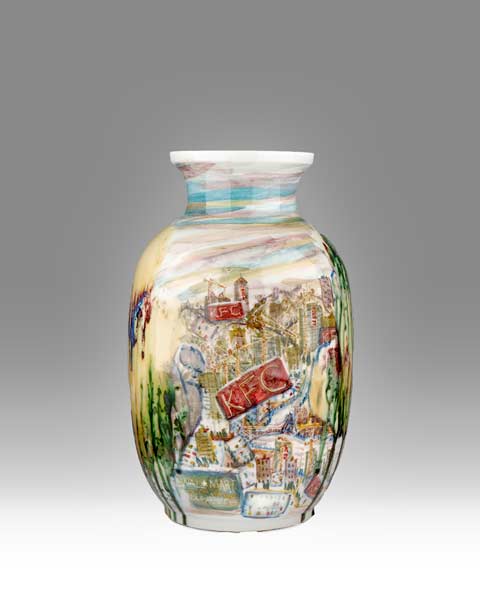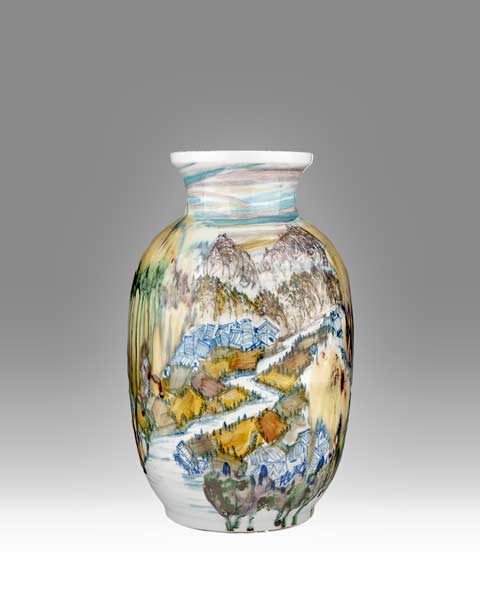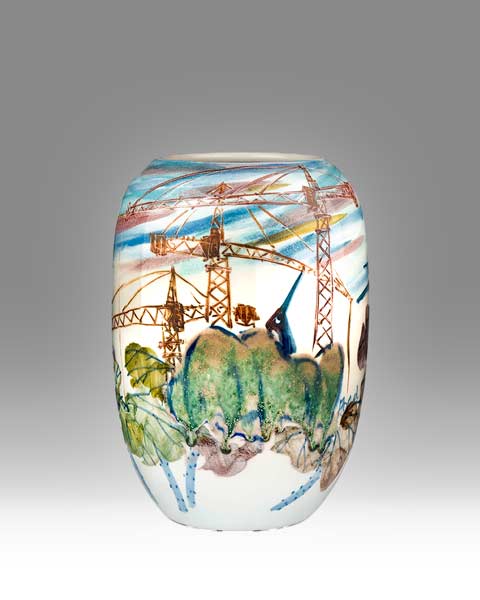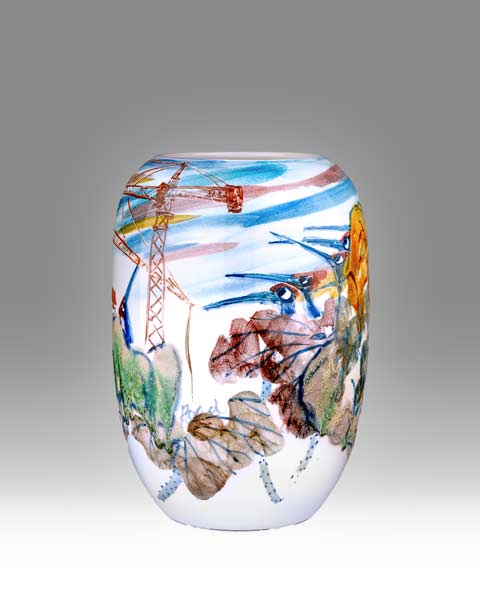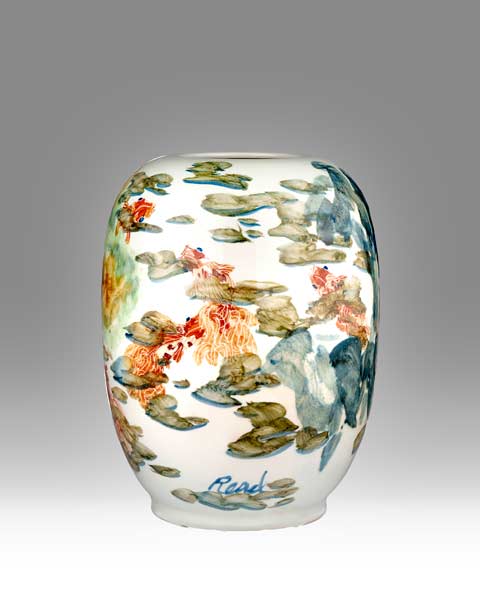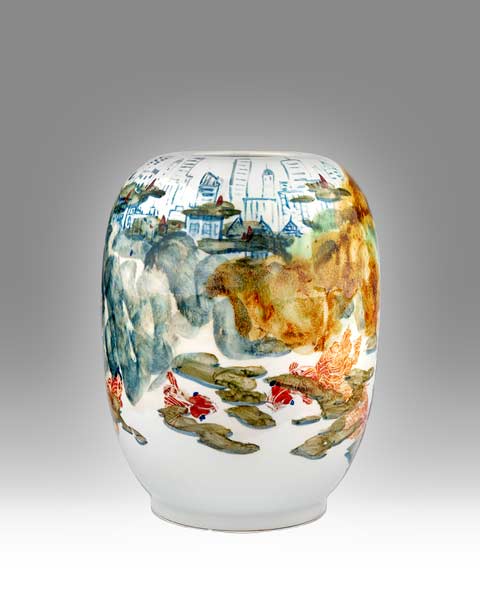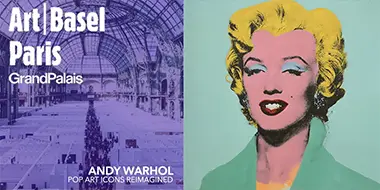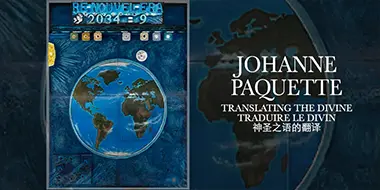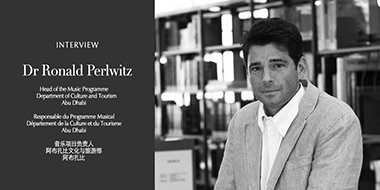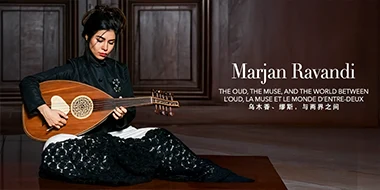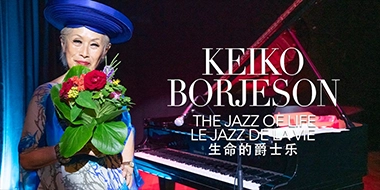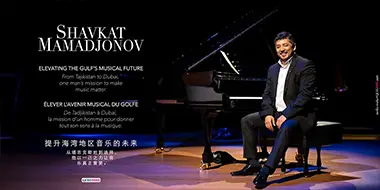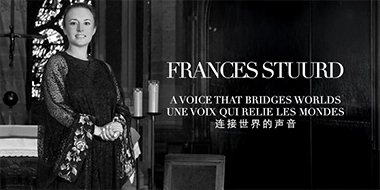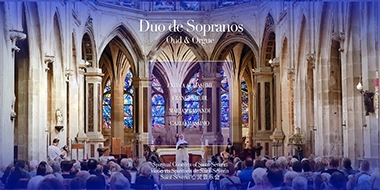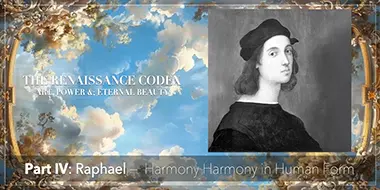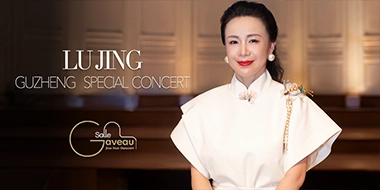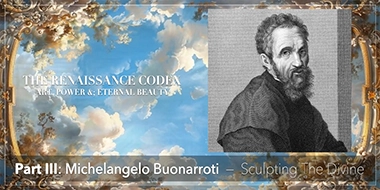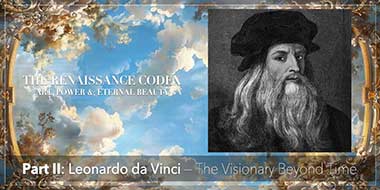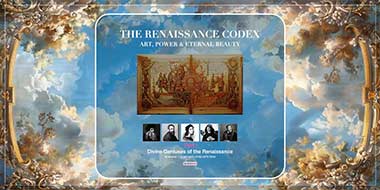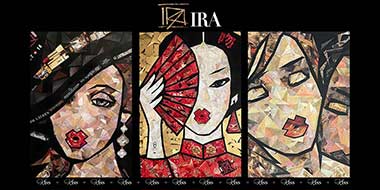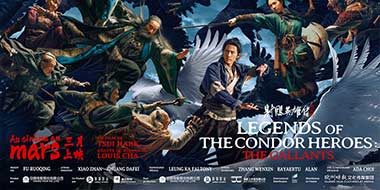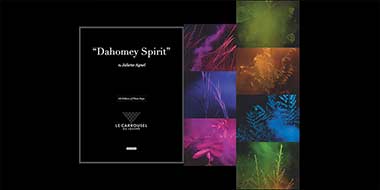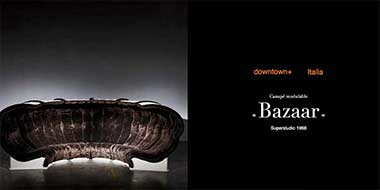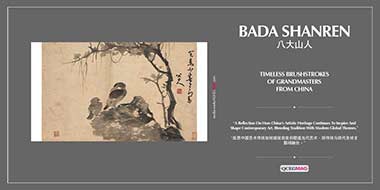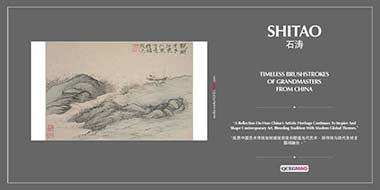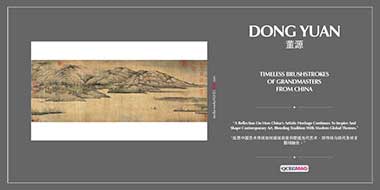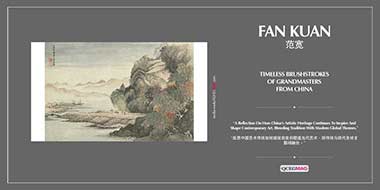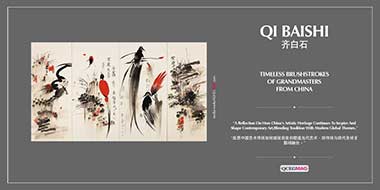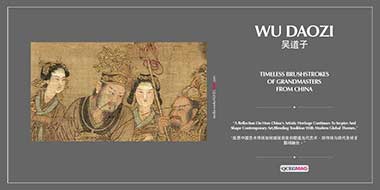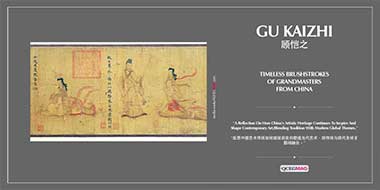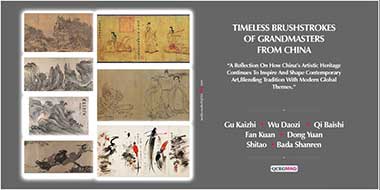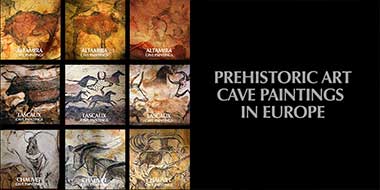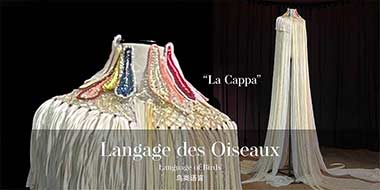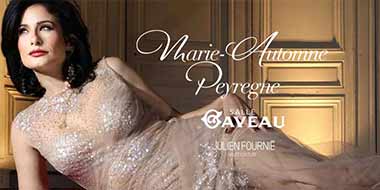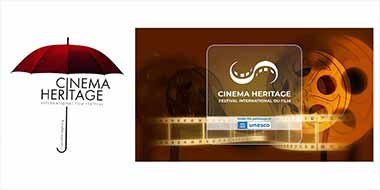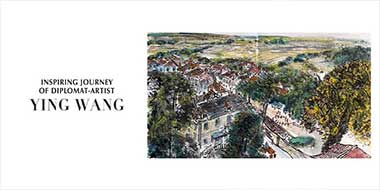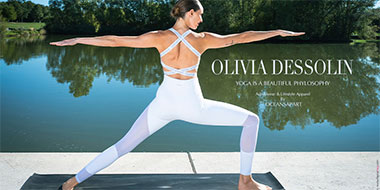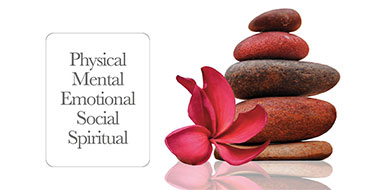NEW PORCELAIN 2024 EXHIBITION - PARIS
“Bridging Tradition And Innovation In A Celebration of Global Ceramic Art”

BY SUNA MOYA - 06 NOVEMBER 2024
“Sharing His Journey And Art.”
The "New Porcelain 2024" Exhibition at the Chinese Culture Center in Paris was a vibrant celebration of porcelain's rich legacy, marking a dialogue between tradition and innovation. Co-hosted by the China Cultural Center and the China Ceramic Artists’ Association of Shanghai, the exhibition honoured the 60th anniversary of Sino-French diplomatic relations, showcasing 60 contemporary pieces. Each work, crafted by Chinese and international artists, tells a unique story, blending traditional techniques with modern design and bridging Eastern and Western sensibilities.
At the heart of this artistic celebration was Jingdezhen, known as the "Porcelain Capital," where centuries of craftsmanship meet contemporary creativity.
Among the showcased talents was renowned English artist Philip Read, who has spent over 30 years immersed in this dynamic cultural hub. His work reflects the vibrant spirit of Jingdezhen, where ancient kilns coexist with innovative studios.
In our conversation with Read, he shares his insights into the evolution of porcelain as a global art form, emphasizing its ability to connect cultures and inspire creativity. Join us as we explore his journey through the world of ceramics, where tradition meets avant-garde artistry in exciting and unexpected ways.
As Read shares his experiences, it becomes clear how his time in Jingdezhen has allowed him to experiment and evolve his craft. The city’s dynamic landscape - where workshops, galleries, and creative spaces thrive..., mirrors his artistic process. He described "New Porcelain 2024" not only as a showcase of fine ceramics but also as a vibrant meeting point for artists and cultures. This exhibition beautifully highlights how porcelain, with its deep-rooted traditions, continues to evolve, bridging the past and the future in exciting ways, much like the city of Jingdezhen.
— Suna Moya
PHILIP READ
“Sharing His Journey And Art”


QCEG: Philip Read, it’s a pleasure to have you here. Could you start by sharing your journey and how it led you to Jingdezhen?
Philip Read: Thank you! It’s an honour to be here and to share my passion for art and the rich culture of China. My journey began in England and took me through Canada before landing in New York City. Along the way, I discovered Jingdezhen — a remarkable city deeply rooted in ancient traditions yet embracing modernity. My dream has always been to capture Jingdezhen through the lens of the Renaissance, reflecting both its historical essence and its vibrant, evolving spirit.
QCEG: What was it about Jingdezhen that captured your imagination?
Philip Read: Honestly, it was the porcelain and the beauty that surrounded it. My initial connection to China came through art, and porcelain is such a vital part of Jingdezhen’s identity. I spent nearly thirty years immersing myself in the city’s culture and its people, language, and the seamless blend of the old and new. What struck me most was the city’s profound connection to the land. Everything feels intertwined, from the ancient landscapes to the rapid development of the modern city. That connection ignited much of my inspiration.
QCEG: It sounds like the natural beauty of Jingdezhen played a significant role in shaping your work.
Philip Read: Absolutely. One of my earliest memories is of the lotus ponds. The lotus is a powerful symbol; it emerges from the mud to bloom in purity. For me, it represents Jingdezhen’s transformation. The modern city rises to the sky above, yet its roots remain firmly planted in the ancient landscapes below. Capturing that harmonious coexistence of old and new is something I deeply wanted to convey in my art.
QCEG: How did you interpret the city’s rapid changes in your work?
Philip Read: The speed of change in Jingdezhen surprised me. It reminded me of cities like Paris, London, and New York, where construction cranes constantly reshaped the skyline. To me, these cranes symbolize progress and renewal. I began to see them as mechanical birds, silently observing the city. I aimed to capture that duality, cranes as symbols of industry and nature and wove this idea into the designs on my vases.
QCEG: Could you walk us through one of your pieces and explain how this duality is represented?
Philip Read: Of course! On one side of a vase, I’ve painted the lotus, symbolizing rebirth and the city’s metamorphosis into something beautiful. On the other side, I depict Jingdezhen in a modern light, utilizing traditional blue hues to contrast its ancient heritage with the present day. As the city expands, remnants of the old Jingdezhen fade, and that delicate balance between past and future is something I’m truly drawn to.
QCEG: You’ve also incorporated other symbols, like the cornucopia, in your work. Can you elaborate on that?
Philip Read: Yes, the cornucopia represents growth and prosperity. I wanted to illustrate how Jingdezhen’s economic growth intertwines with its rich cultural heritage. In this piece, grapes symbolize abundance and wealth, while the deep blue I chose reflects what I call ‘new antiquity’ where modernity becomes part of history. It’s my way of acknowledging that what’s new today will become a part of Jingdezhen’s story tomorrow.
QCEG: One of your red-hued vases explores the concept of time and transformation. Can you tell us more about that?
Philip Read: Certainly! That piece is all about the city’s journey through time. As you move around the vase, it feels like you’re travelling through history—you can see how Jingdezhen has evolved, from its thousand-year-old origins to its present-day form. The river I painted flowing through the vase symbolizes this journey, linking the past with the future.
QCEG: And your final piece? How does it encapsulate your overall vision of the city?
Philip Read: My final piece is a meditation on Jingdezhen’s future while honouring its past. It reflects my view of the city, constantly moving forward, yet always carrying its history with it. Through these paintings, I hope to share a glimpse of the beauty and transformation I’ve witnessed in this extraordinary city.
QCEG: Thank you for sharing your story and incredible work with us, Philip. It’s been a pleasure to learn about your creative process and your connection to Jingdezhen.
Philip Read: Thank you for having me. It’s been wonderful to share my journey and my art!


